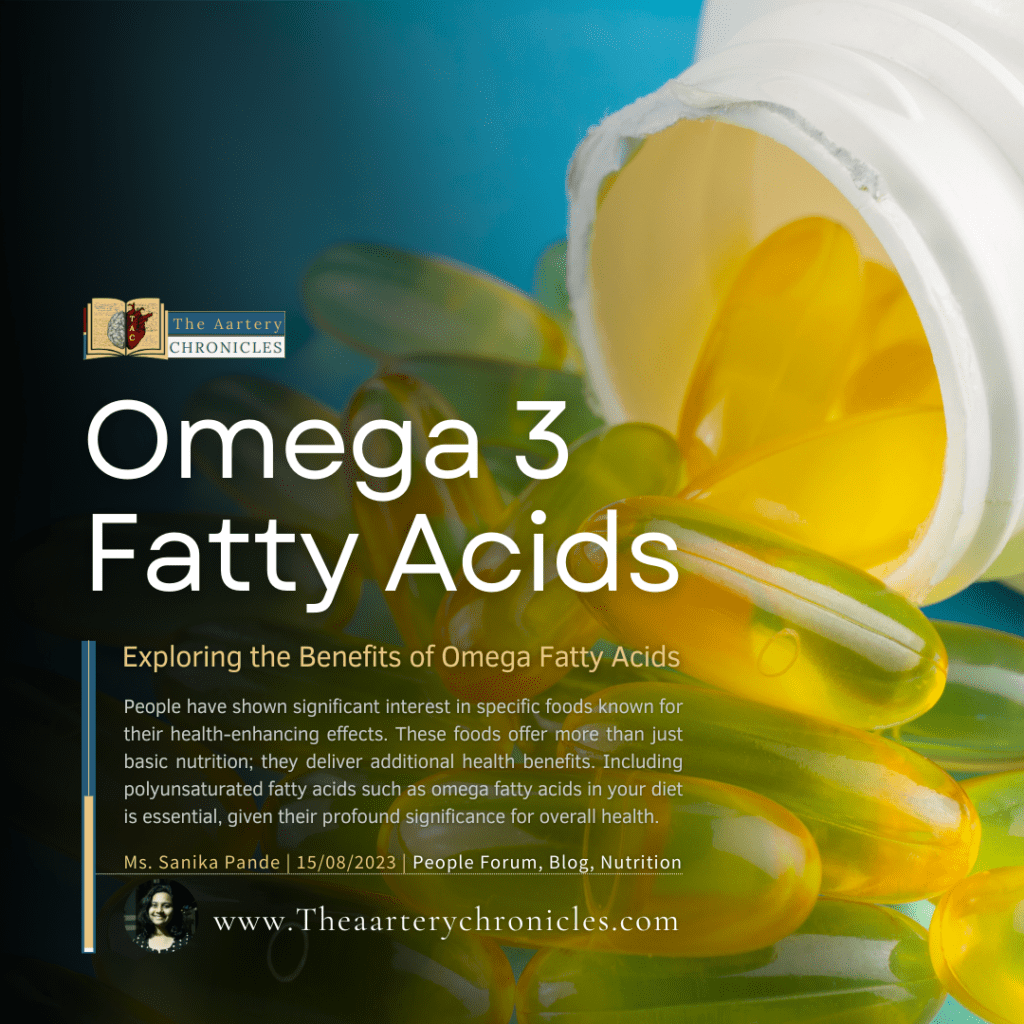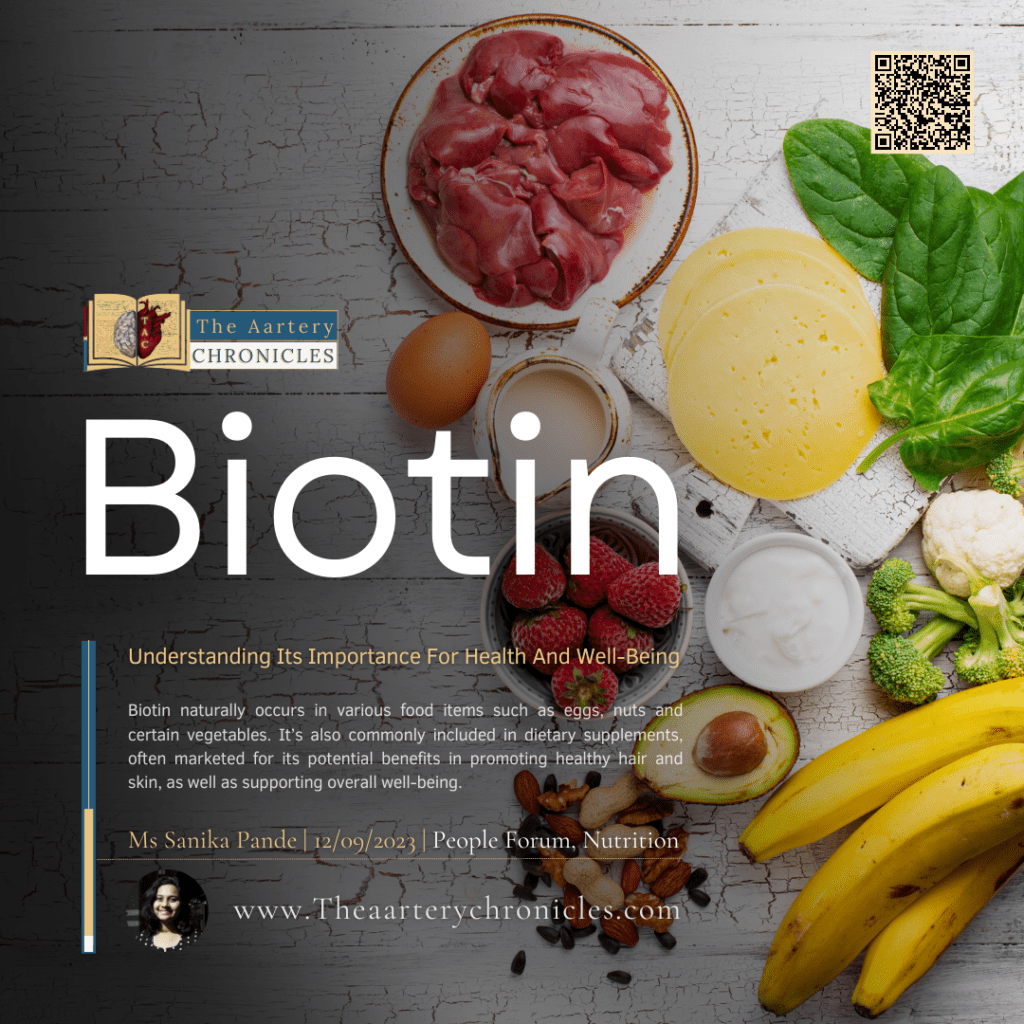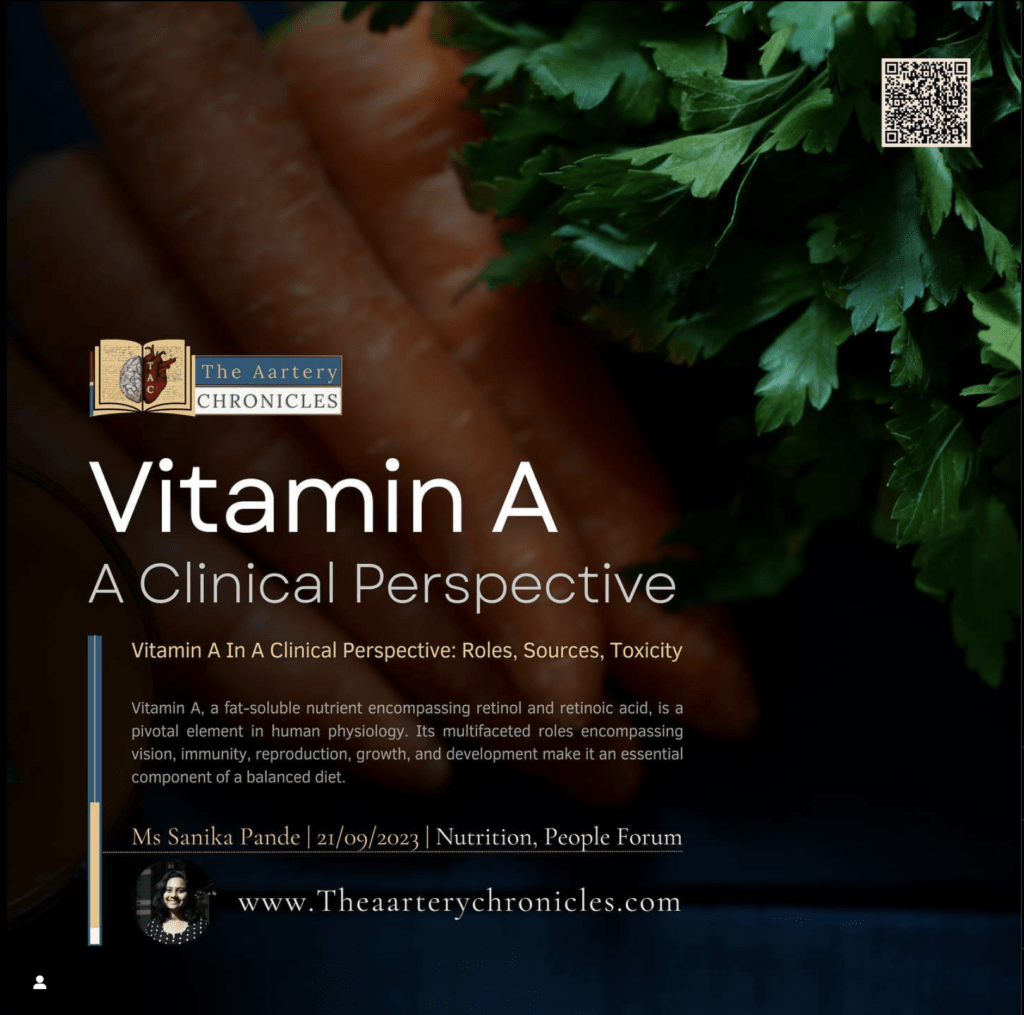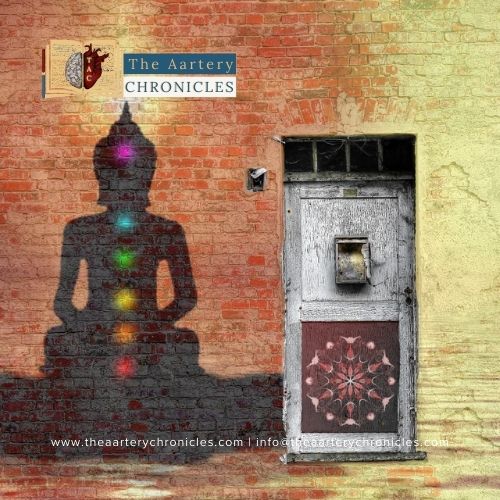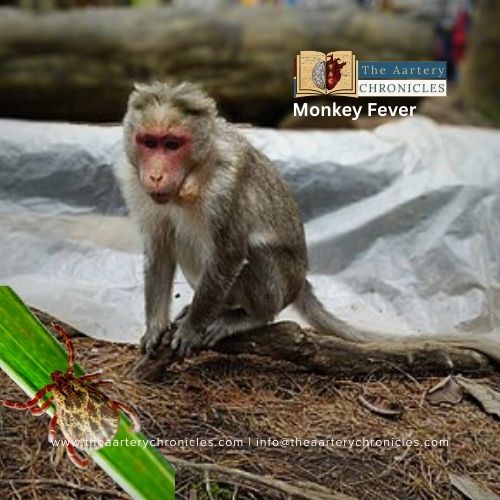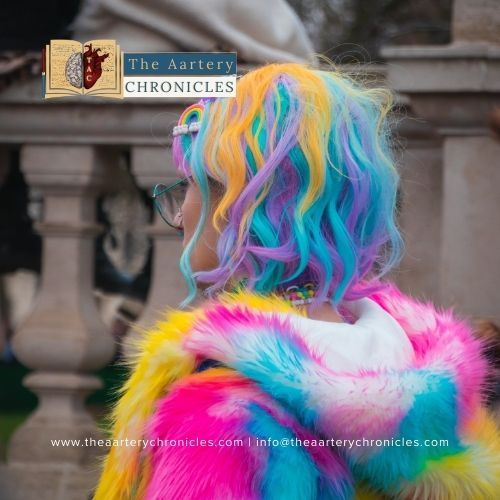
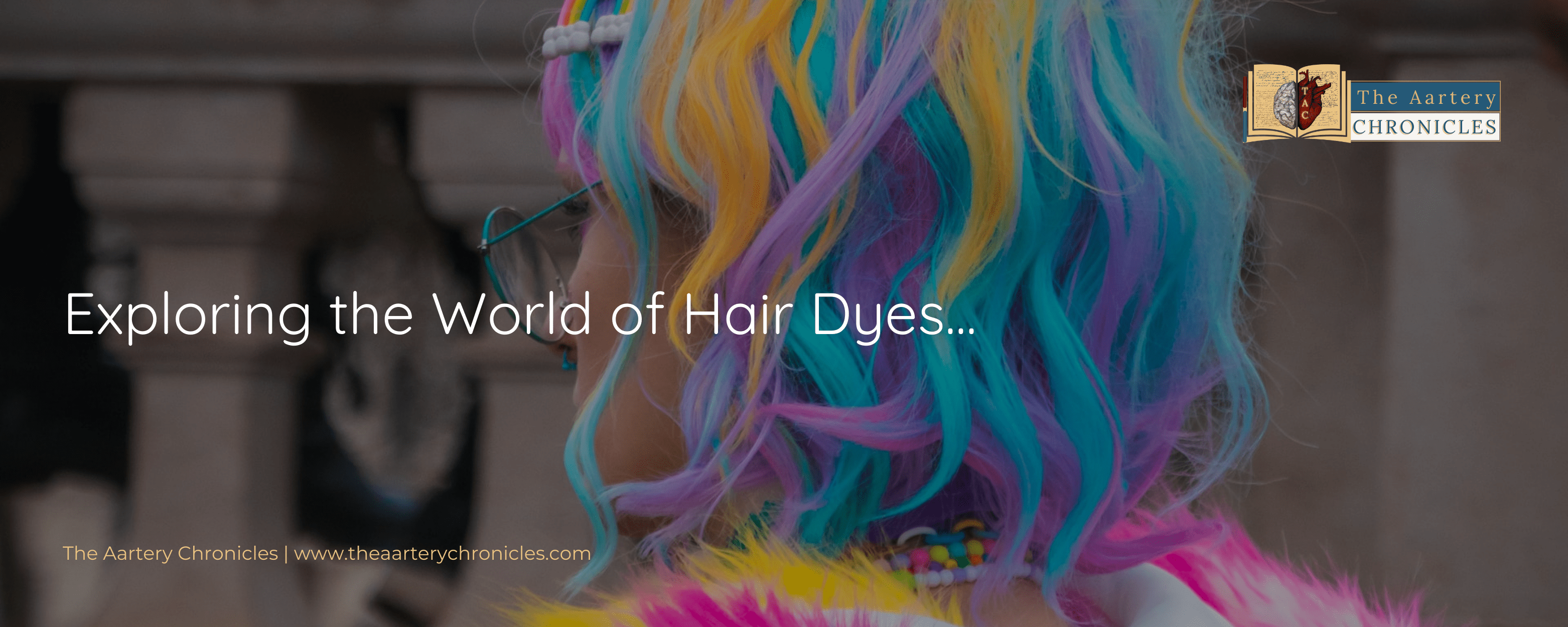
From Henna to Highlights: Exploring the World of Hair Dye
Overview of Hair dyes
Hair dyes are chemical products containing pigments that change the hair’s colour. They are becoming increasingly popular among people of all genders, with various types and brands widely available. There are three main types of hair dyes:
- Temporary Hair Dyes: These come in the form of gels, sprays, or rinses and provide a temporary colour change. They can be easily washed out with regular shampoo.
- Semi-Permanent Hair Dyes: These are typically liquid or aerosol products that offer longer-lasting colour. They can’t be rinsed off with water but do fade gradually over time.
- Permanent Hair Dyes: These dyes are designed to last until new hair growth appears. They don’t wash out easily and often require the hair to grow out to change colour.
How do hair dyes work?
Each hair shaft consists of three main layers:
- Cuticle: The outermost layer, composed of colourless cells, serves as a protective barrier for the hair shaft.
- Cortex: This layer contains pigments responsible for the hair’s natural colour. It gives hair its characteristic hue.
- Medulla: The innermost layer, the medulla, is a hollow core. It doesn’t always exist in every hair shaft and may be absent in some individuals.
Hair dyes work by altering the colour of the hair shaft. In the case of permanent hair dyes, the colouring agents penetrate through the cuticle and reach the cortex, where they either remove the natural colour or add a new one. This process is what allows for a long-lasting change in hair colour.
Traditionally, natural dyes were used for hair colouring. However, now with the increasing popularity of hair dyes and advancement in the field of cosmetology various types of dyes in a wide range of colours have been developed, providing people with more options for changing or enhancing their hair color.
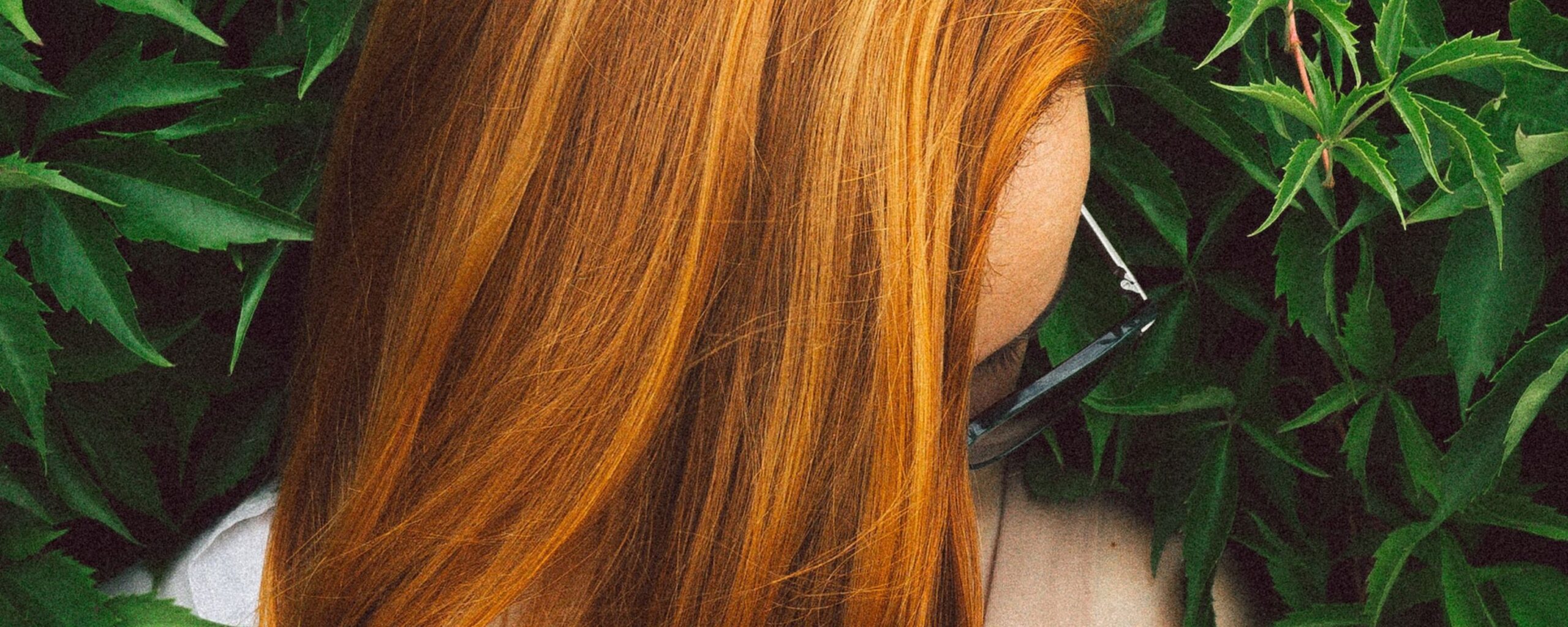
History of hair dyes:
The earliest reference to hair colouring is linked to the Egyptians. Around 1500 BC, Rameses II used red henna to colour his hair. Also, Mummies discovered in Egypt also had their hair dyed with henna, establishing a connection between hair dyes and Egyptians. In 300 BC, during the Roman Empire, people employed a mixture of nuts and ashes from burnt flowers and plants to achieve yellow or blond hair colour.
During the 4th century in Greece, individuals would rinse their hair with a potassium solution and apply a pomade made from flower petals to colour their hair. It’s reported that they obtained golden hair by rinsing their hair with a particular lotion and sitting in the sunlight.
In the Dark Ages in Scotland, red hair was initially observed as a result of genetic mutation, eventually becoming more acceptable. The 1694 Ladies’ Dictionary depicts various ways to dye hair. The mixture of wine and elderberries for shades of black, radish extracts to turn hair into an auburn shade, and a combination of saffron, and turmeric, for blond hair were used.
In the year 1800, William Henry Perkin accidentally discovered hair dye while researching a cure for malaria. He named the colour he discovered “Mauveine,” and the molecule derived from mauveine, called para-phenylenediamine, still serves as the basis for the majority of hair dyes used today. In 1907, Eugene Schueller created the first hair dye, which he named “Aureole.” Since then, hair colouring has become widespread.
Health effects of hair dyes:
There are a few potential health effects associated with the use of hair dyes. However, it’s important to note that while the risks have been documented, not everyone who uses hair dyes will encounter these health issues, and the severity of the effects can vary. Individual reactions may vary, and some individuals are more sensitive or susceptible than others.
Allergies:
Allergies to hair dyes have become more common than ever. Usually, aromatic amines present in the hair dyes are responsible for the allergies. Allergy may present itself as mere dermatitis on the head and the neck and becomes more pronounced with time.
Signs of hair dye overuse:
- Damages, frizzy and dry hair, rashes on the skin
- Hair loss, irritated scalp, loss of strength and thickness of hair
- Dermatitis of the scalp, face and eyes
- Repeated exposure may even result in respiratory issues like asthma.
- Ammonia toxicity
Cancer:
Aromatic amines in hair dyes have been associated with an increased risk of bladder cancer. This risk is particularly notable among hairdressers and individuals who frequently use permanent hair dyes. Research indicates that permanent hair dyes pose a greater risk compared to other hair products.
A study conducted in New England revealed that women who used permanent hair dyes more than 12 to 15 times a year had an elevated risk of bladder cancer. Additionally, hair dyes are said to contain chemicals that can influence hormone activity, potentially increasing the risk of breast cancer and contributing to endocrine disruption compounds.
Conclusion
The chemicals found in hair dyes have the potential to inflict irreversible damage to both the skin and hair, and they may also lead to various adverse effects, including allergies. It is imperative to be aware of the potential health risks associated with these products. Opting for natural hair dyes or exploring home remedies such as coffee or beetroot for hair coloring is a prudent choice. When using chemical hair dyes, precautions should be taken, including conducting patch tests before applying any product to mitigate the potential outcomes that could arise in the event of allergies.
- Ros MM, Gago-Dominguez M, Aben KK, Bueno-de-Mesquita HB, Kampman E, Vermeulen SH, Kiemeney LA. Personal hair dye use and the risk of bladder cancer: a case–control study from The Netherlands. Cancer Causes & Control. 2012 Jul;23:1139-48.
- He L, Michailidou F, Gahlon HL, Zeng W. Hair dye ingredients and potential health risks from exposure to hair dyeing. Chemical Research in Toxicology. 2022 Jun 6;35(6):901-15.
- Patel D, Narayana S, Krishnaswamy B. Trends in use of hair dye: a cross-sectional study. International journal of trichology. 2013 Jul;5(3):140.
- Corbett JF. A historical review of the use of dye precursors in the formulation of commercial oxidation hair dyes. Dyes and Pigments. 1999 Feb 1;41(1-2):127-36.
- Sampathkumar K, Yesudas S. Hair dye poisoning and the developing world. Journal of emergencies, trauma and shock. 2009 May;2(2):129.
- Najem GR, Louria DB, Seebode JJ, Thind IS, Prusakowski JM, AMBROSE RB, Fernicola AR. Lifetime occupation, smoking, caffeine, saccharine, hair dyes and bladder carcinogenesis. International Journal of Epidemiology. 1982 Sep 1;11(3):212-7.
- Ahmed HE. History of Natural Dyes in North Africa_Egypt. Handbook of natural colorants. 2023 Jun 6:33-41.

Author: Ms Sanika Pande

